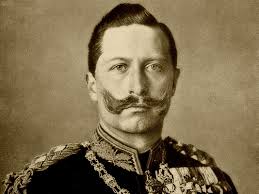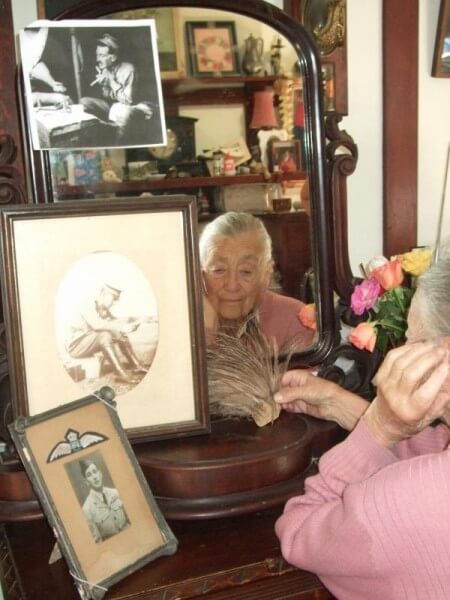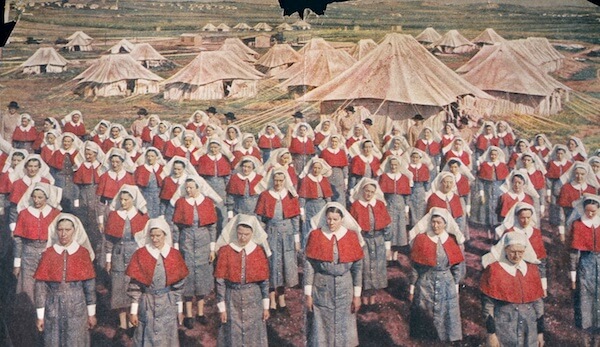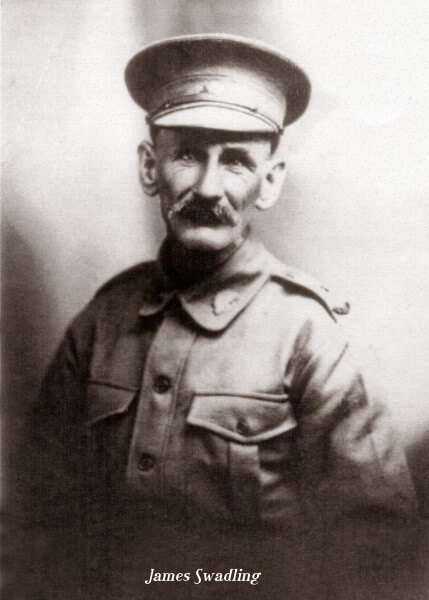
Postcard Wars: A day in the life of the Kaiser
During the Great War 1914-1918, when telephones were rare and telegrams were expensive, postcards were popular for quick messaging. But they also served a more propagandist purpose - to build public support for war through imagery and well-crafted messages.
In the third card of Les Quarrill’s, “A day in the Kaiser’s Life” series the artist is less concerned with propaganda and is content to create an accurate reflection of the war’s opening weeks. The Kaiser is seen with sword and pistol in hand tramping over Belgium and into France. In reality, this is what happened. The German army was arguably the most brilliant the world had ever seen.
These well trained soldiers moved into Belgium immediately after the declaration of war with France on 3 August, and within three days had captured the stronghold of Liege. Nevertheless, Belgian resistance remained stubborn and despite the devastating loss of the ‘National Redoubt’ at Antwerp on 9 October, unyielding Belgian resistance on the line of the Yser foiled German plans for the complete occupation of Belgium. Even though most of their country was occupied by the enemy during the war, the Belgian Government remained intact in exile in France, and the Belgian Army, with the King at its head, remained in the field, tenaciously defending the last remnant of free Belgian territory.
By 18 August Germany had overrun most of Belgium and the German army was gathering on the French border to begin the main offensive. On 20 August the attack began. The French were immediately driven out of Lorraine. The Germans pushed forward until they reached France’s frontier fortifications. The aggressiveness and speed of the offensive took the French by surprise (although it is suggested a German defector had warned them). On 22 August the French launched their own offensives at Neufchâteau and Longwy but against the German military machine, the French troops were soundly defeated. The Germans moved into France and quickly defeated the French at the Battle of Charleroi and forced the British Expeditionary Force to withdraw at the Battle of Mons. By the end of September, the Western Front had largely settled into the stalemate that would be the hallmark of the next three years.
While the “Devastation” depicted in this postcard image was apt for those opening weeks, the Germans took their successes in France as an opportunity to send divisions to prop up the Eastern Front against the Russians. The decision not to put all efforts into realising the conquest of France ultimately cost Germany the war but not before more than 1.3 million French troops lost their lives.
In the next post “Devastation” gives way to “Exasperation” as Germany’s fortunes turn.











